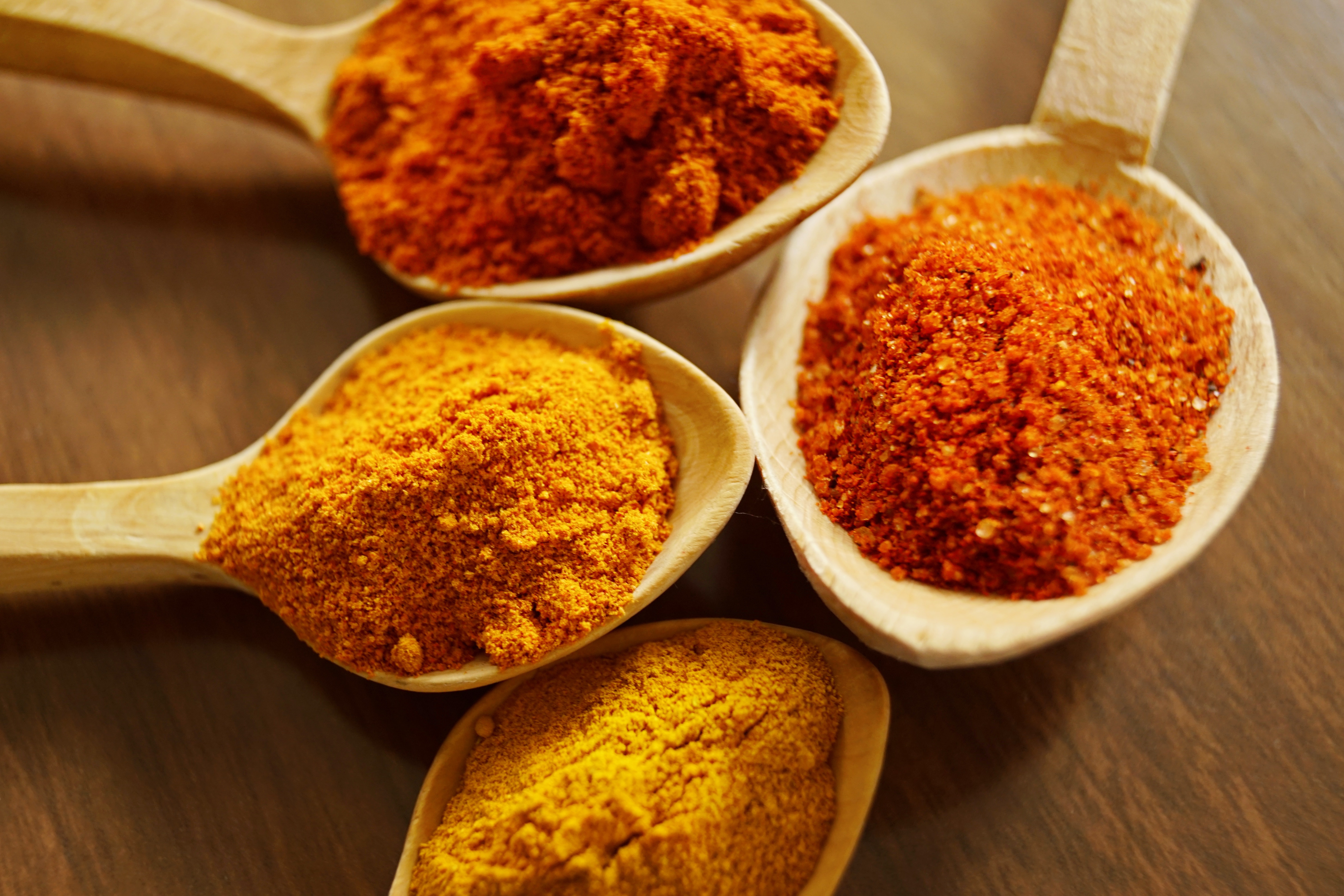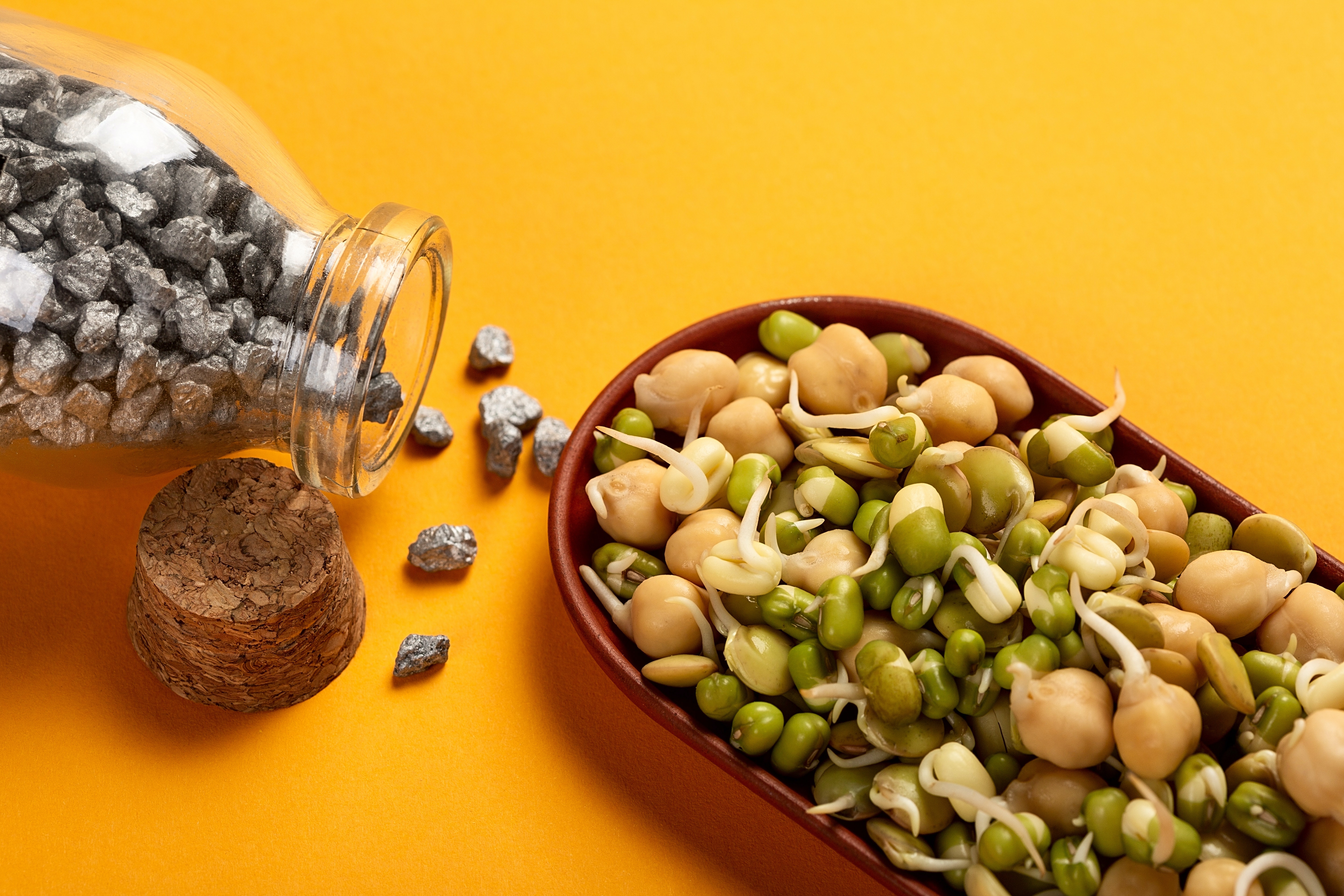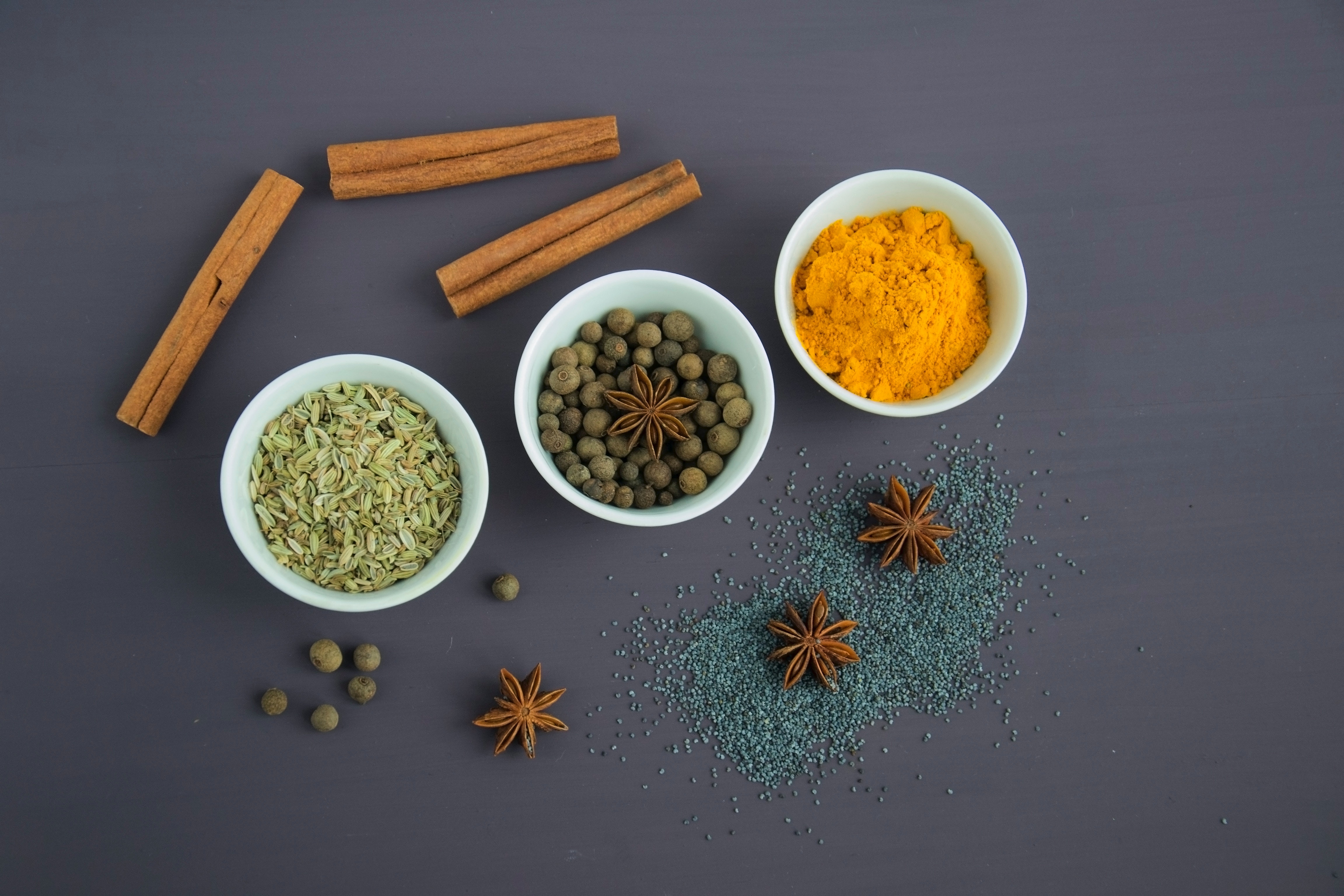Understanding Ayurveda...
" Ayurveda is based on a number of fundamental concepts and core principles that offer a framework for comprehending health and wellbeing. The five components and the three doshas are two important aspects of Ayurveda.
Earth, water, fire, air, and ether (space) are the five elements according to Ayurveda. All living things contain these substances, which are thought to be the universe's building blocks, to varied degrees. Specific properties and attributes belong to each element.
Vata, Pitta, and Kapha are the three doshas, which are dynamic forces that represent different arrangements of the five elements. They control various bodily and mental processes and have an impact on our emotional, mental, and physical health.
Air and ether are the components that are related to vata. It controls the nervous system as well as creativity, and mobility. It encourages flexibility, enthusiasm, and vitality when in balance. Anxiety, dryness, and digestive problems might result from an imbalance.
Fire and water are the elements that Pitta is related to. It controls digestion, metabolism, and transformation. When in balance, it promotes wisdom, courage, and a potent digestive fire. Digestion disorders, inflammation, and anger are all signs of imbalance.
Earth and water are the elements Kapha is related to. It controls lubrication, structure, and stability. When in balance, it offers strength, serenity, and nourishment. Sluggishness, weight gain, and respiratory problems can all be symptoms of imbalances.
In Ayurveda, each person has a distinct constitution known as Prakriti, which is determined by the doshas that predominate at birth. It's essential to comprehend one's Prakriti in order to maintain equilibrium and wellbeing. Vikriti, or imbalances in the doshas, can result from a variety of things, including dietary habits, ways of life, stress levels, and environmental influences.
Ayurvedic practitioners can make tailored recommendations to restore balance and advance health by determining a person's prakti and evaluating their existing Vikriti. This may entail dietary adjustments, lifestyle modifications, using herbal remedies, and receiving treatments tailored to address the imbalances.
Individuals can make decisions that support their particular constitution and restore balance to their physical, mental, and emotional well-being by comprehending how the five elements and three doshas interact. We will examine Ayurvedic diagnosis, therapies, and lifestyle practices that support this balance and promote health in the sections that follow. "













